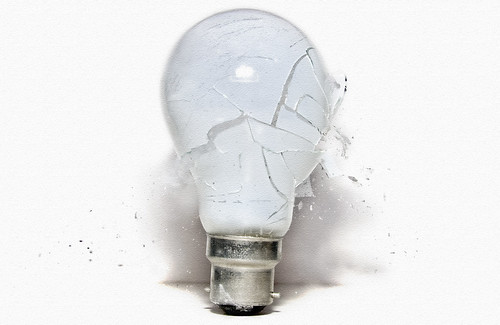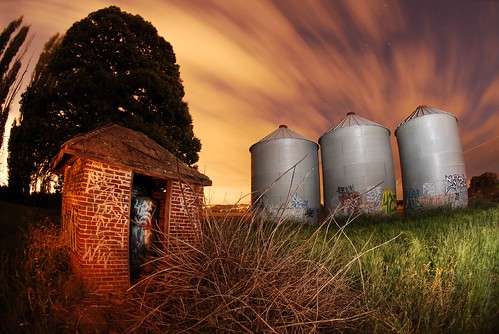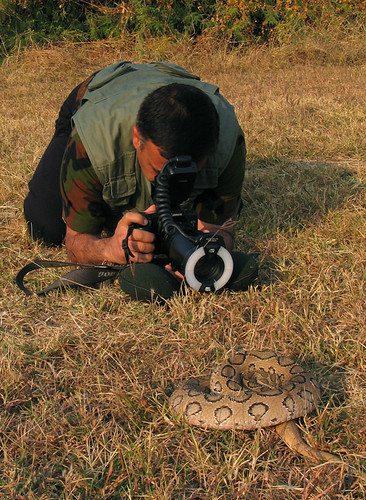photo credit: here
Thursday, June 3, 2010
Sunday, April 11, 2010
The Canon IXUS 210 IS is a decent-looking 14.1 megapixel compact digital camera with a 5X optical zoom and is Canon’s entry into the touchscreen camera market. This is one of the best cameras you can get as far as button-less cameras are concerned.
The Canon IXUS 210 IS features a 3.5” touchscreen, an HDMI out, AV/digital out and topped with a shutter button flanked by a zoom rocker. It also comes with the standard features like image stabilization, face detection and intelligent audio. This is one simple camera that should appeal to people looking for new products without sophistication as far as controls are concerned.
Read
Digital camera batteries are specifically designed for the unique way digital cameras use energy – in big power bursts. Digital camera batteries have substantial power with a much longer life than alkaline AAs.
Batteries for portable consumer devices are principally made using technologies such as:
- Nickel Cadmium (NiCd)
- Nickel Metal Hydride (NiMH)
- Lithium Ion (Li-Ion)
Each type has unique characteristics manufactured for different uses.
NiCd and NiMH:
The main difference between the two is the fact that NiMH (the newer of the two technologies) offer higher energy densities than NiCds. NiMH are less prone to problems and require less maintenance and care. NiMH are also more environmentally friendly than their NiCd counterparts, since they do not contain heavy metals(which present serious landfill problems).
Li-Ion:
Li-Ion produce the same energy as NiMH but weigh approximately 35% less. This is a definite consideration in portable devices where the battery makes up a significant portion of the device’s weight.
Another reason rechargeable Li-Ions have become so popular is that they do not suffer from memory effect at all. Memory effect is voltage depression caused by improper recharging.
They are also better for the environment because they don’t contain toxic materials such as Cadmium or Mercury.
Rechargeable digital camera batteries are rated in “mAh”. The mAh stands for Milliamp Hour, a technical term for how much power a particular battery will hold. Those with higher mAh values theoretically last longer without requiring a recharge, allowing you to take more photographs before you have to replace your cells.
It is recommended when installing batteries that their mAh values match. Otherwise, it is possible that one will drain before the others, causing extra strain on the others, or preventing further photo taking until all are replaced.
- Help and Tips
Cameras consume battery resources quickly, even rechargeable ones, so you should always carry extra. NiMH tend to last much longer than most standard alkaline AAs – plus, are rechargeable, so they can be re-used for quite a long time.
Turn off your digital camera when not in use. Don’t stop after taking every photo and look at the picture in playback mode. If you are using MicroDrive media, be forewarned that these miniature hard drives may take up quite a bit more power than Compact Flash cards.
Rechargeable batteries don’t stay charged forever. They tend to lose a little of their power every day. If you recharge often and frequently use your digital camera, you will probably never notice this loss. However, after a couple of weeks, the loss may be noticeable, and after a couple of months or longer of non-use, those once were ready-to-go but now may have lost enough power to make them unusable.
If you are not planning on using your digital camera for a while, it may be wise to take your batteries out for storage. This reduces the chance of chemical leakage and corrosion, which can seriously damage your equipment.
If you plan on taking photos in colder weather or snowstorm, note that batteries may hold their power for shorter periods of time than in warmer weather. You may either want to bring extra during your photo shoot or look for those specially rated to handle colder temperatures.
If it is raining, or if you are near an area of running water such as a waterfall, be extremely careful. Get at a safe distance from the water before you change out the power cells. Water can corrode, possibly causing leakage, and this can damage your equipment.

![[photography is a drug] by RHiNO NEAL](http://farm4.static.flickr.com/3232/2985273720_0377fa6f80.jpg)















